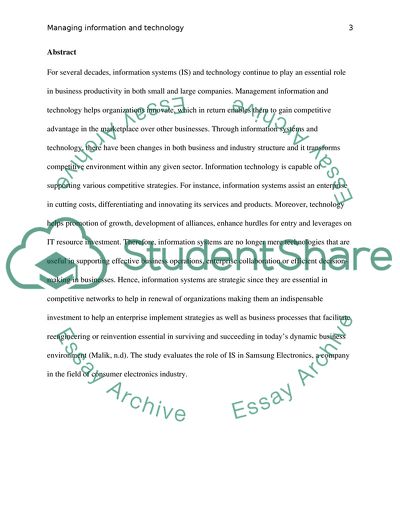Cite this document
(“Managing Information and Technology in Samsung Electronics Case Study”, n.d.)
Managing Information and Technology in Samsung Electronics Case Study. Retrieved from https://studentshare.org/information-technology/1849650-managing-information-and-technology
Managing Information and Technology in Samsung Electronics Case Study. Retrieved from https://studentshare.org/information-technology/1849650-managing-information-and-technology
(Managing Information and Technology in Samsung Electronics Case Study)
Managing Information and Technology in Samsung Electronics Case Study. https://studentshare.org/information-technology/1849650-managing-information-and-technology.
Managing Information and Technology in Samsung Electronics Case Study. https://studentshare.org/information-technology/1849650-managing-information-and-technology.
“Managing Information and Technology in Samsung Electronics Case Study”, n.d. https://studentshare.org/information-technology/1849650-managing-information-and-technology.


